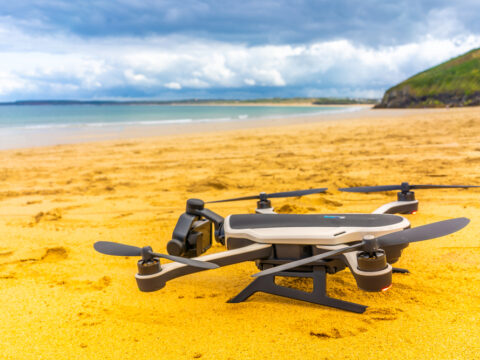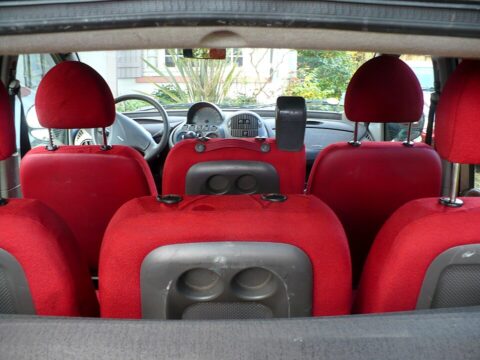Mistakes in aviation can come with a hefty price tag, and for some commercial airplanes, those errors led to being grounded. Whether due to design flaws, safety issues, or costly oversights, these planes were taken out of service to address serious concerns. In this article, we’ll take a look at 20 commercial airplanes that were grounded for mistakes that proved too expensive to ignore.
Contents
Boeing 737 MAX
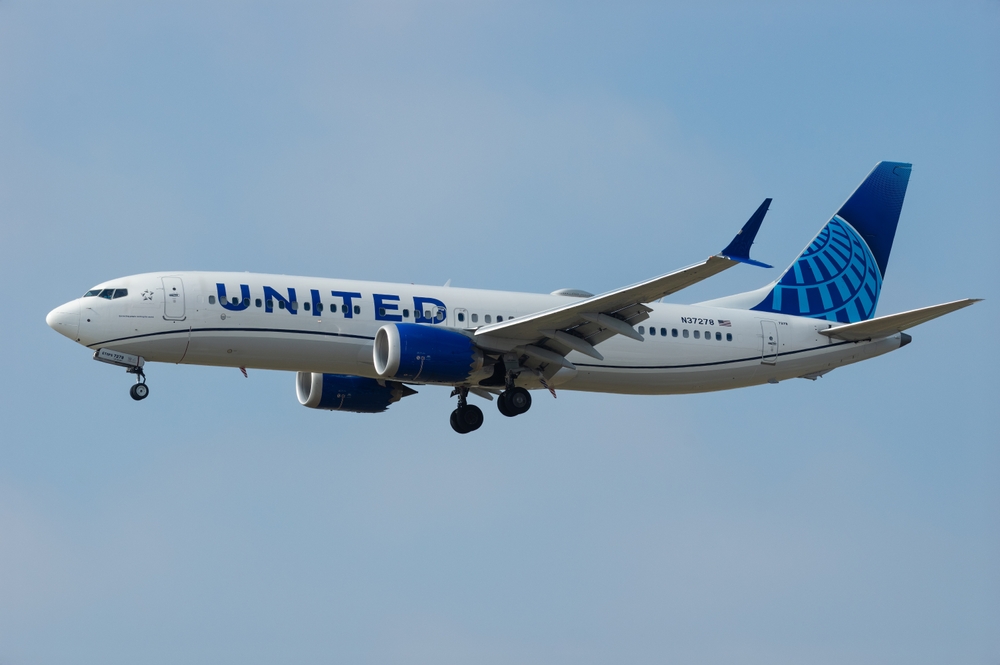
Grounded worldwide in 2019 after two tragic crashes, the Boeing 737 MAX was found to have a design flaw in its Maneuvering Characteristics Augmentation System (MCAS). This system was designed to automatically adjust the plane’s angle to prevent stalling but instead malfunctioned, forcing the plane into nosedives. Despite the aircraft’s fuel efficiency and advanced design, the MCAS issue proved catastrophic, leading to over 340 fatalities and grounding the fleet for nearly two years.
McDonnell Douglas DC-10
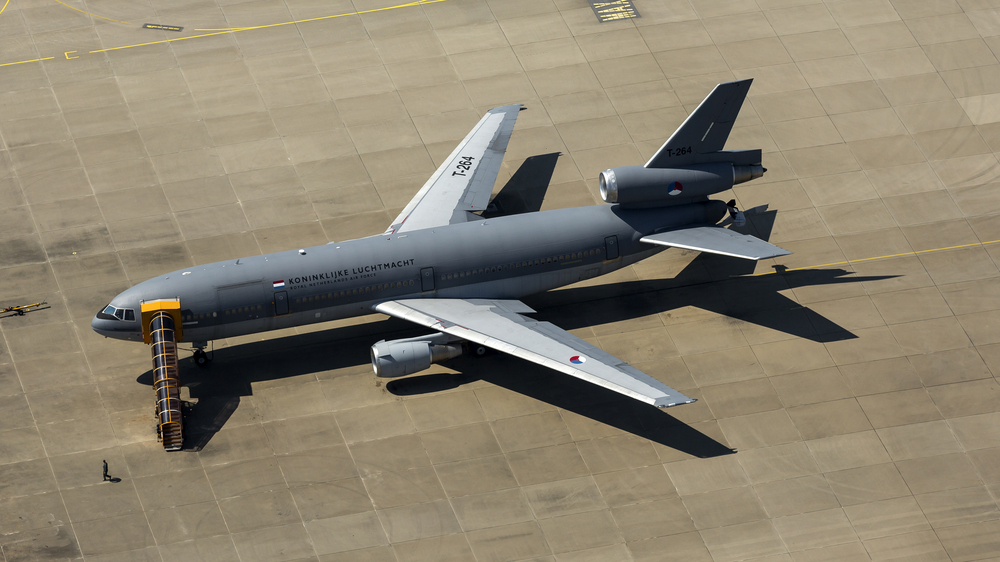
The DC-10 was grounded after a fatal accident in 1974 when an improperly designed cargo door blew open mid-flight, leading to explosive decompression. Despite being a popular wide-body jetliner, the lack of redundant locking mechanisms on the cargo door became its downfall. This design flaw led to the loss of an aircraft, killing all on board, and subsequently, the entire fleet was grounded for safety upgrades.
Lockheed L-188 Electra
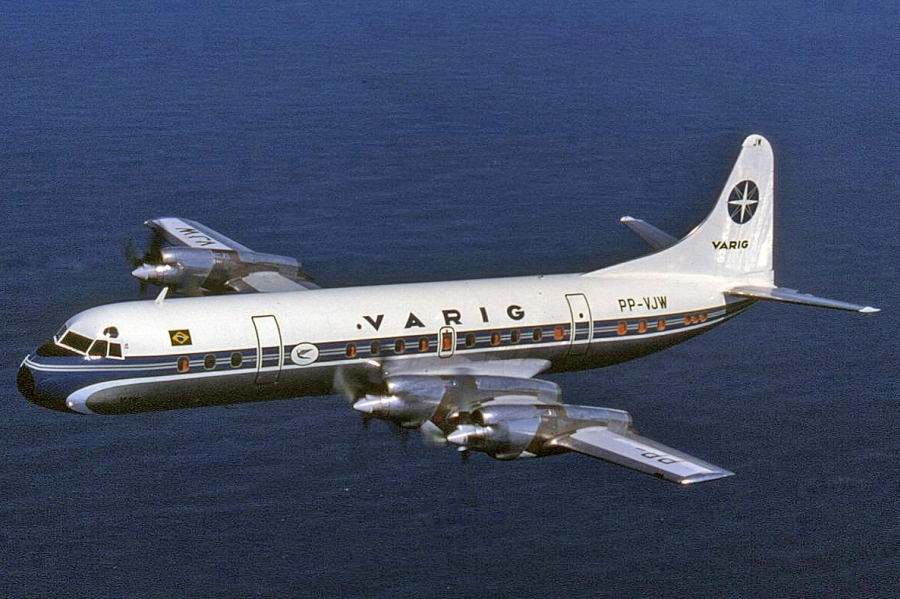
Structural failures plagued the Lockheed L-188 Electra after a series of fatal crashes in the late 1950s. The high-speed turboprop was initially praised for its innovation, but issues with engine mountings and vibration caused the wings to break off mid-flight. These deadly failures resulted in the grounding of the fleet for an extensive redesign, forever tarnishing its reputation.
Concorde
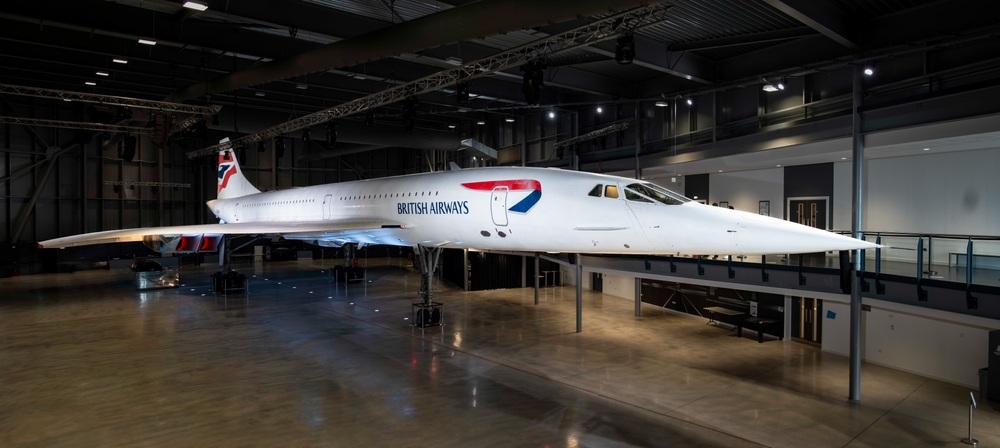
The Concorde, an iconic supersonic airliner, was grounded after a catastrophic crash in 2000. Tire debris punctured a fuel tank, igniting a fire and leading to the plane’s destruction shortly after takeoff. Although the Concorde was known for its unparalleled speed and luxury, this fatal accident, coupled with high operating costs, led to its permanent grounding in 2003.
Boeing 787 Dreamliner
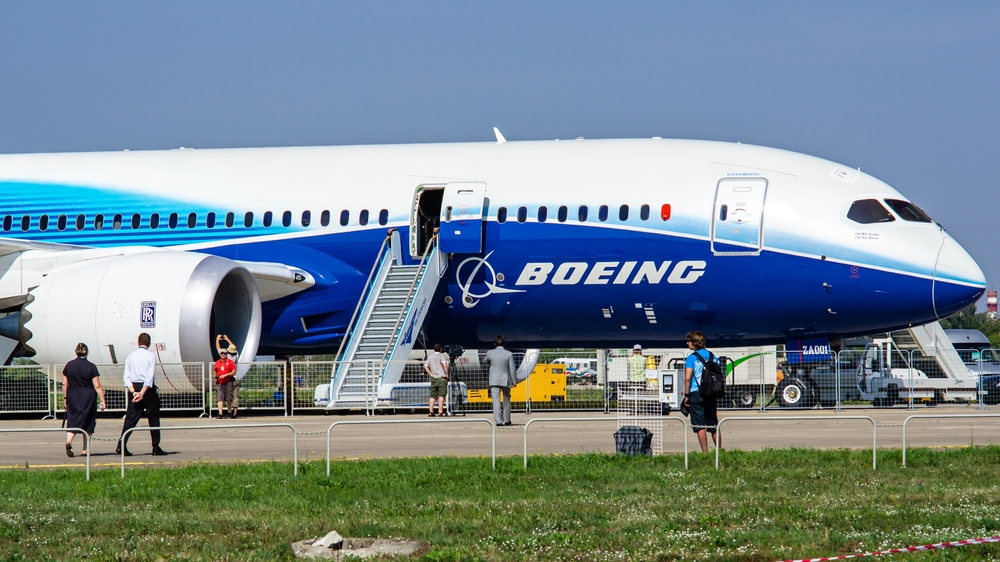
The innovative Boeing 787 Dreamliner faced a major setback when it was grounded in 2013 due to onboard lithium-ion battery fires. Known for its advanced carbon-fiber fuselage and fuel efficiency, the Dreamliner experienced overheating in its battery system, which caused electrical fires in several aircraft. The entire fleet was grounded until the battery issue was redesigned and resolved.
Airbus A320neo
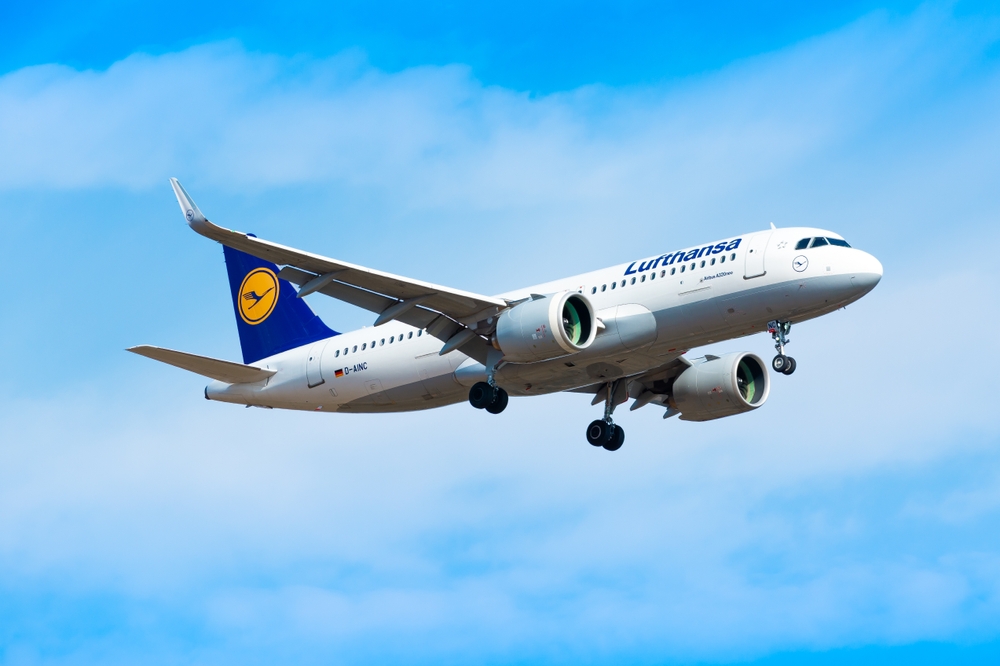
In 2018, the Airbus A320neo, known for its fuel-efficient Pratt & Whitney engines, faced grounding when it experienced engine stalls and power loss. These issues raised significant safety concerns for airlines worldwide. Although the problem was resolved with modifications, the grounding proved costly for both Airbus and the operators.
Bombardier CRJ100/200
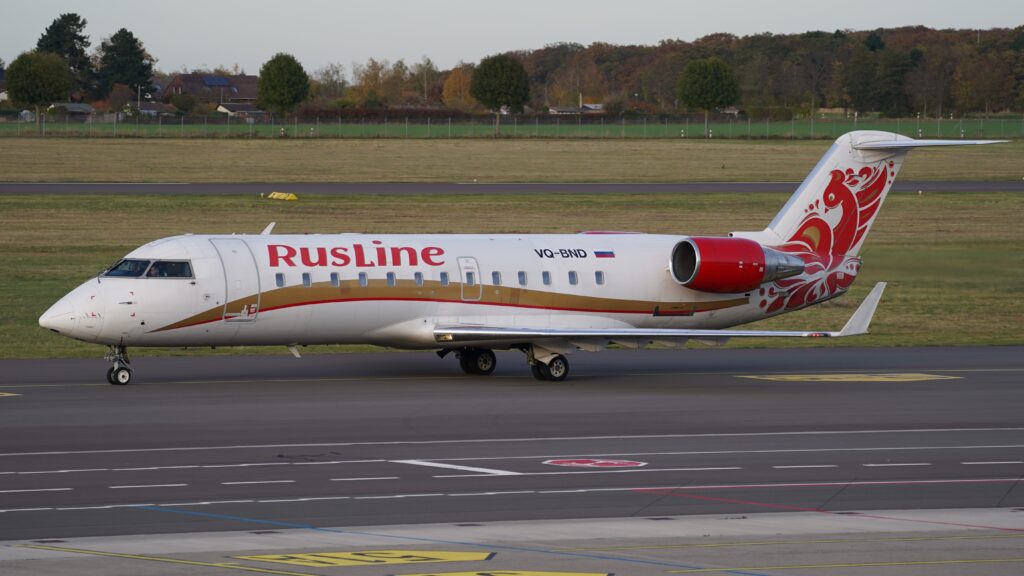
This regional jet was grounded for engine problems that posed significant safety risks. The CF34 engines experienced multiple incidents of failure mid-flight, threatening the safety of passengers and crew. This led to the grounding of several aircraft until engine modifications were implemented to restore safe operation.
De Havilland Comet
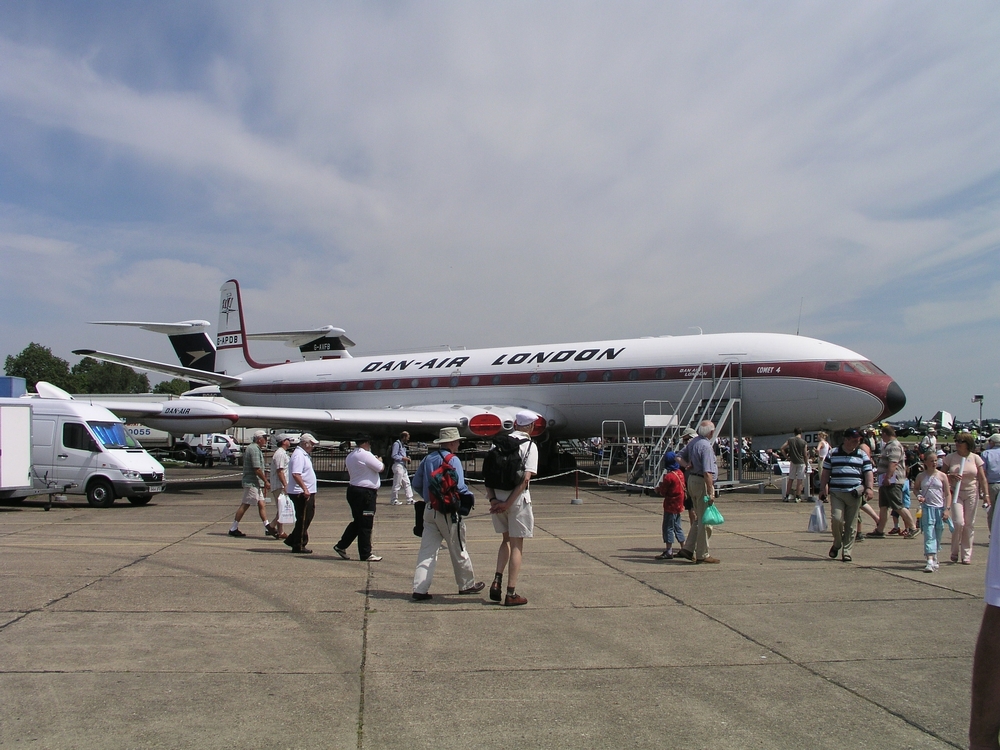
The world’s first commercial jetliner, the De Havilland Comet, was grounded after several mid-air disintegrations in the early 1950s. The structural fatigue around its windows caused explosive decompression at high altitude, leading to multiple crashes. The entire fleet was grounded, and major design overhauls were required before it could return to service.
Boeing 747-400
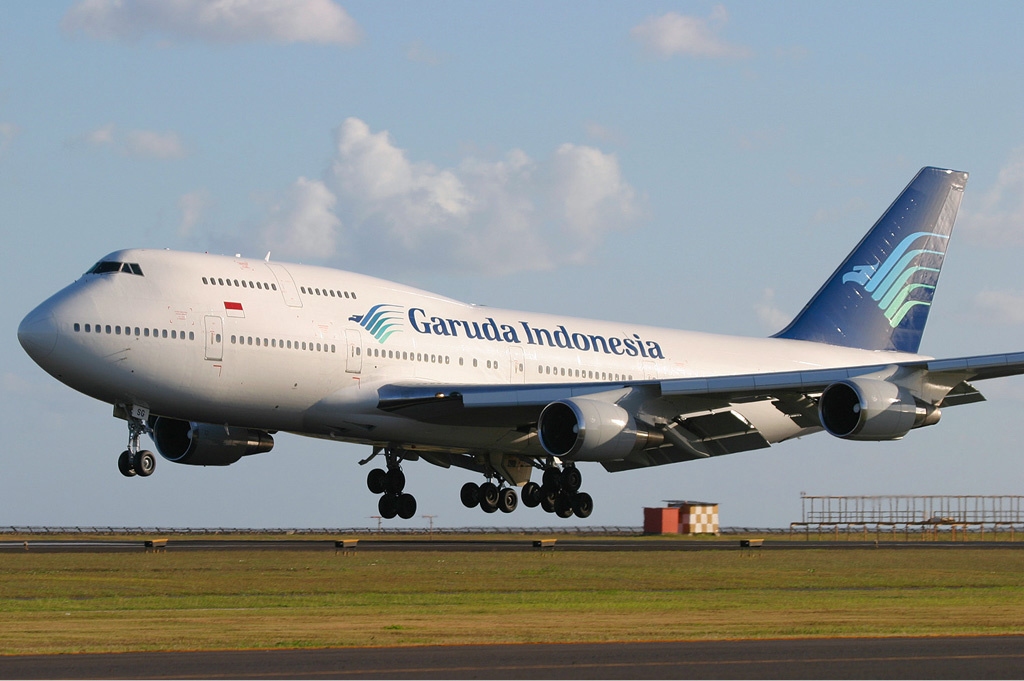
Grounded temporarily in 2008, the Boeing 747-400 faced fuel tank wiring issues that posed a fire hazard. This issue affected a wide range of Boeing aircraft, leading to mandated inspections and modifications to avoid potential catastrophic explosions.
Airbus A330
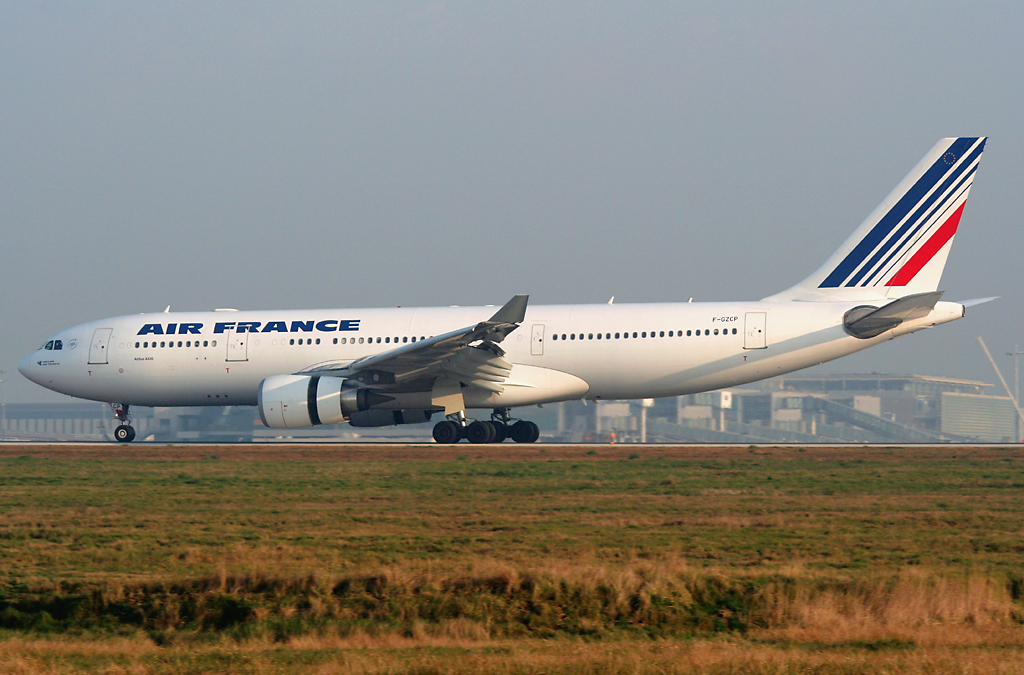
Following a series of crashes related to pitot tube failures, the Airbus A330 faced inspections and temporary groundings. The most notable incident was Air France Flight 447, which crashed in 2009 after incorrect airspeed readings led to pilot confusion and loss of control. The grounding led to pitot tube upgrades to prevent such incidents.
McDonnell Douglas MD-80
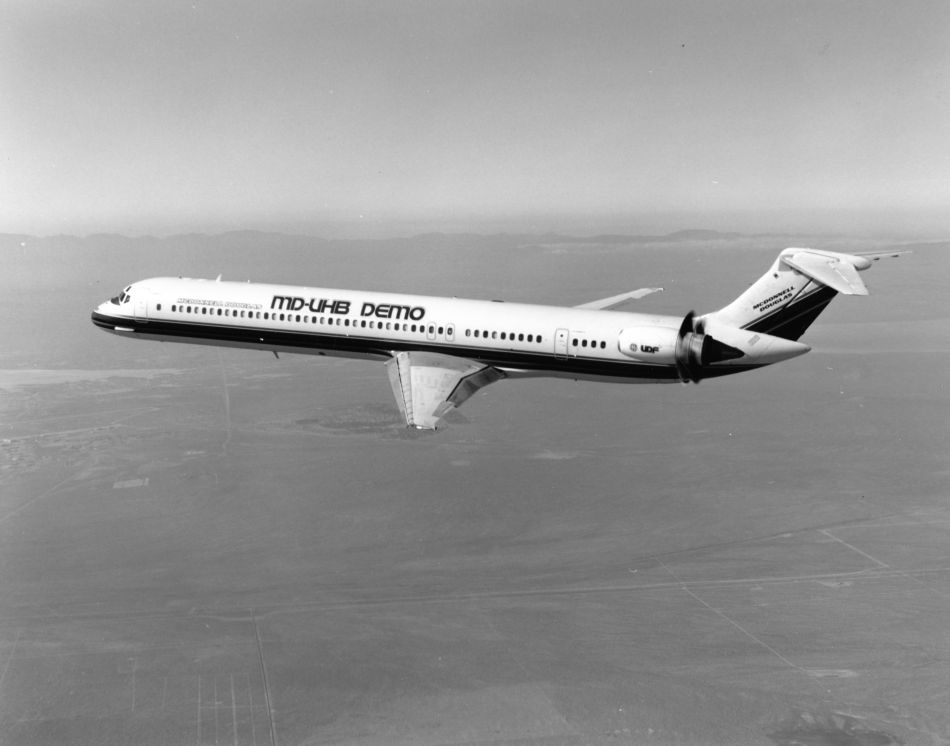
Known for its long service life, the MD-80 series faced grounding over aging aircraft systems and maintenance issues. Its older design required more frequent inspections, and concerns over fuel system failures and structural fatigue forced airlines to ground the fleet temporarily until issues were addressed.
Boeing 767

The Boeing 767 was grounded after several incidents involving fuel pump failures that posed explosion risks. The issue was linked to electrical shorts within the pumps, leading to a widespread inspection campaign and modifications to ensure fuel system safety.
Sukhoi Superjet 100
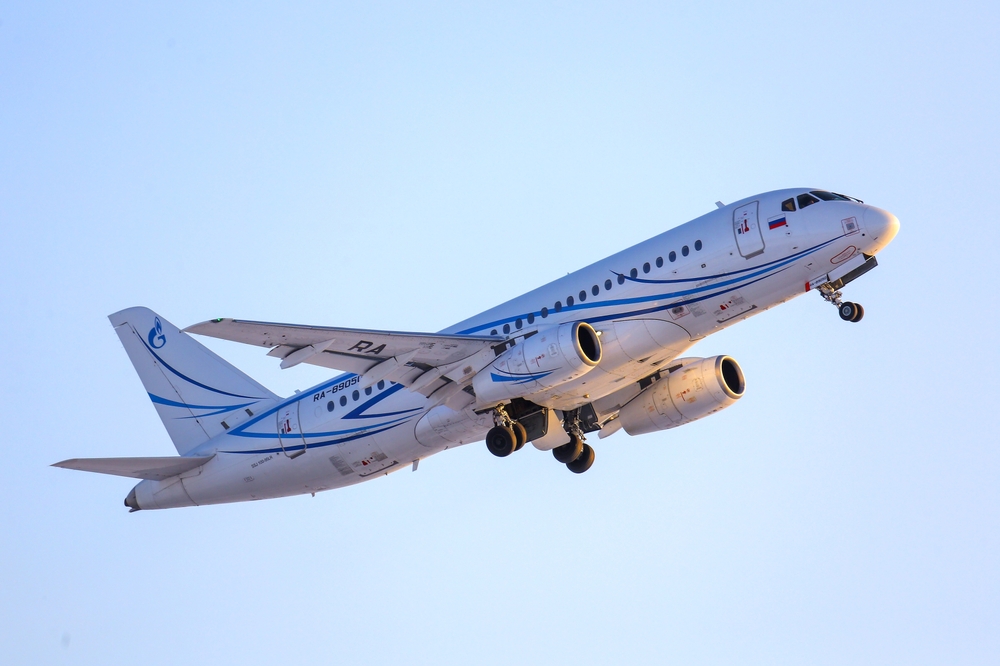
The Sukhoi Superjet 100, a Russian regional jet, faced grounding after multiple crashes were attributed to poor safety systems and pilot errors. Despite being a promising aircraft for emerging markets, these safety concerns, coupled with reliability issues, led to significant fleet groundings for investigation and improvement.
Boeing 727
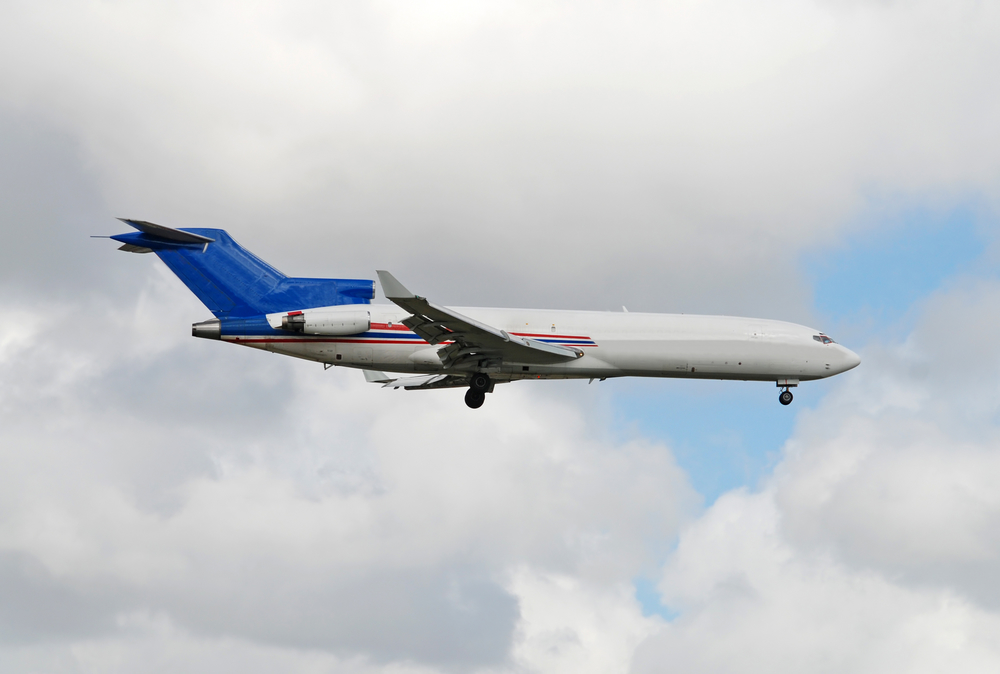
Aging Boeing 727 models faced grounding due to structural integrity problems, including corrosion and fatigue in older airframes. The trijet’s extensive service life made it prone to these issues, leading to inspections and modifications to ensure its airworthiness before it could return to service.
Antonov An-124

The Antonov An-124, a massive cargo aircraft, was grounded after several engine failures raised serious safety concerns. The D-18T engines had a history of mid-flight shutdowns, prompting grounding for inspection and overhaul of engine components.
Fokker 100

Grounded due to recurring mechanical problems and safety concerns, the Fokker 100 faced issues with engine failures, pressurization problems, and landing gear malfunctions. These defects, combined with several incidents, led to fleet groundings and costly maintenance fixes.
Boeing 757
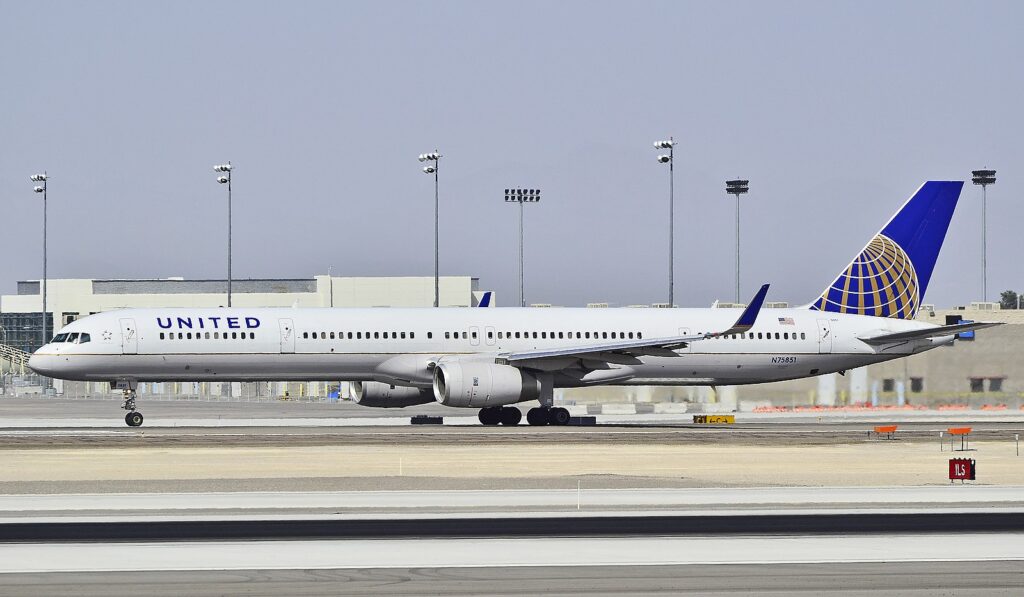
Several Boeing 757s were grounded over potential rudder control issues that were linked to fatal crashes. These control problems caused pilots to lose control of the aircraft during critical phases of flight, prompting Boeing to redesign the rudder systems and inspect affected planes.
Airbus A350

The Airbus A350 faced temporary groundings after discovering hydraulic system issues that could affect in-flight operations. While the problem was not widespread, inspections were required to prevent potential safety incidents and ensure the reliability of this new generation aircraft.
Lockheed Tristar L-1011
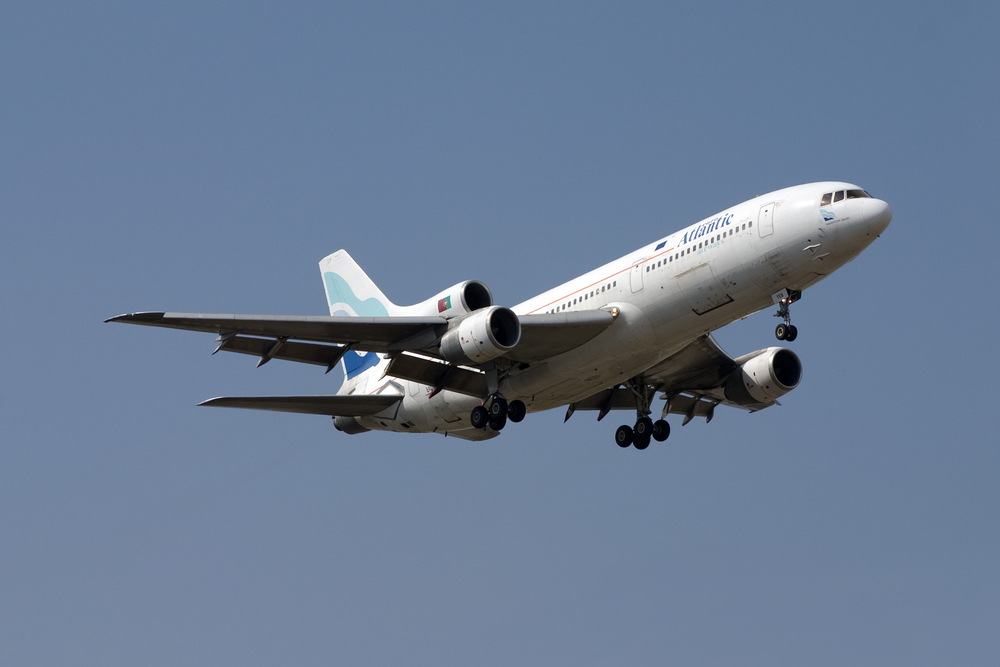
The Lockheed Tristar L-1011 was grounded due to problems with its autopilot and hydraulic systems. These issues led to a series of near-miss incidents where pilots struggled to regain manual control. The aircraft required a full review and modifications to its flight control systems before returning to service.
British Aerospace 146
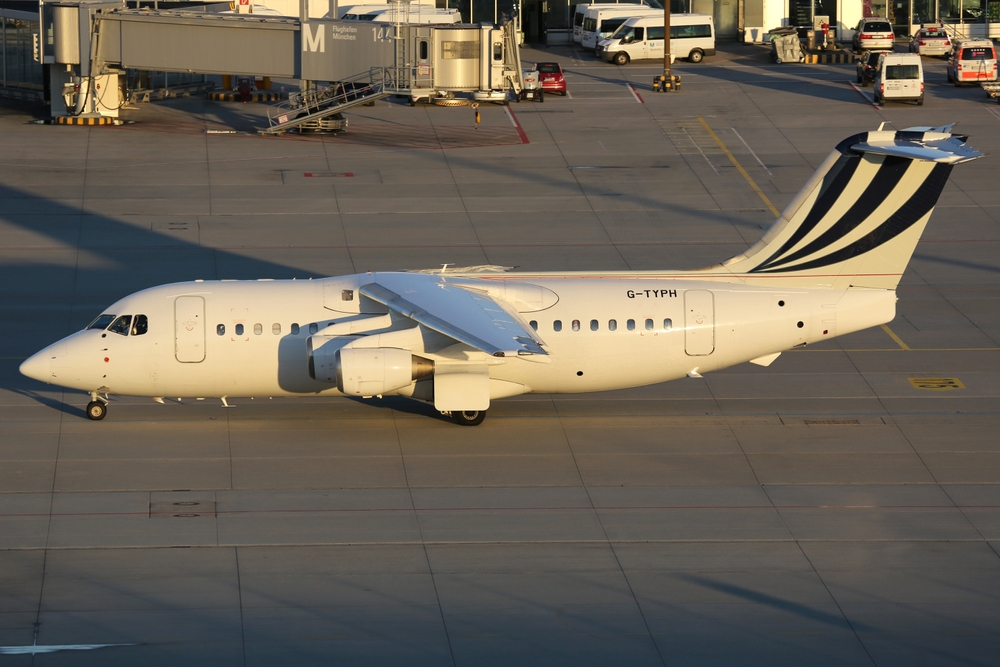
The BAe 146 was grounded following a series of engine malfunctions, including in-flight shutdowns and power loss. These recurring issues posed serious risks, leading to investigations and engine overhauls to prevent future accidents.
This article originally appeared in MyCarMakesNoise.
More from MyCarMakesNoise
8 Fastest Personal Watercrafts You Can Ride

When it comes to thrills on the water, few things match the excitement of riding a high-speed personal watercraft. These machines are designed for adrenaline seekers who crave the rush of cutting through waves at top speeds. Read More
13 Overhyped Cars That Didn’t Live Up to Expectations

Some cars capture the public’s imagination with their sleek designs, advanced technology, or historical significance, only to falter due to various shortcomings. Whether it’s due to poor performance, reliability issues, or simply failing to resonate with buyers, these vehicles often become notorious examples of unfulfilled potential. Read More
20 Classic 1960s Cars with Sky-High Price Tags

The 1960s produced some of the most iconic and luxurious cars in automotive history. These vehicles, known for their exceptional design, performance, and rarity, come with hefty price tags. Read More

